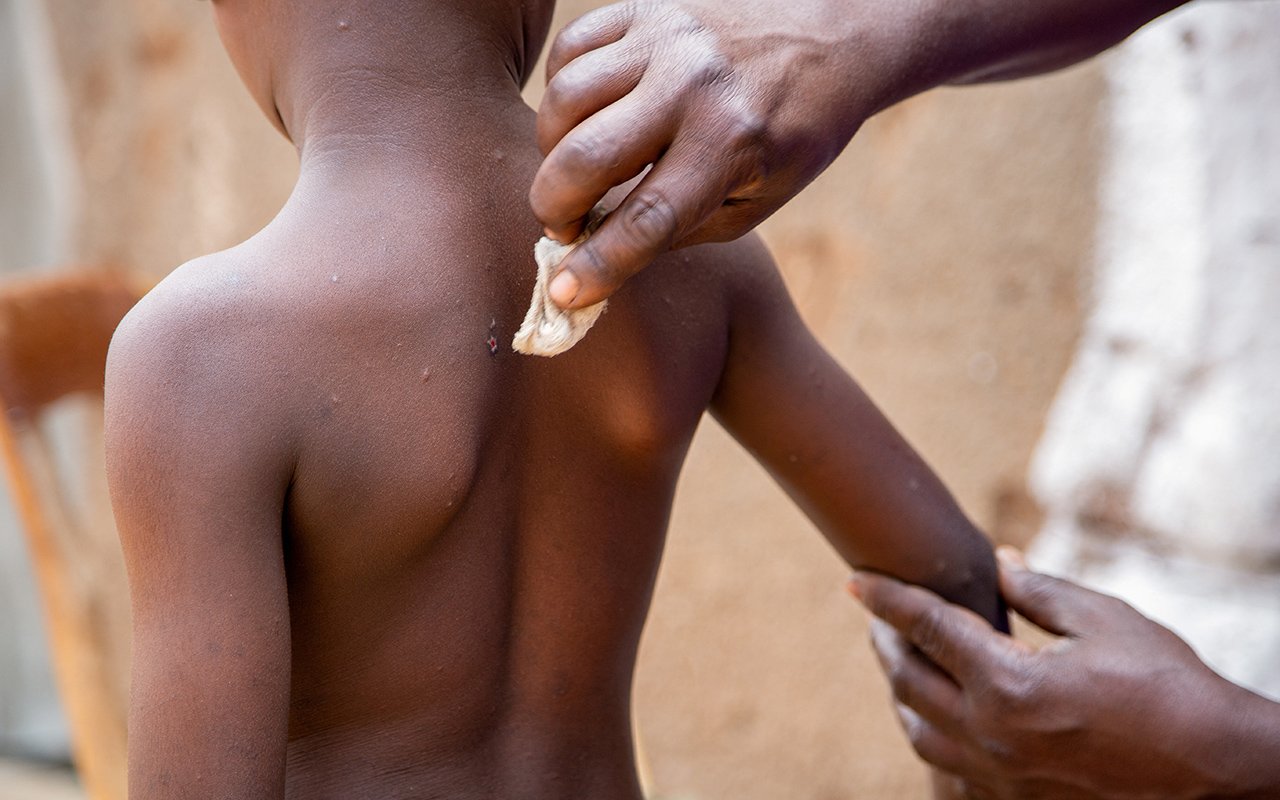Prime
Financing family planning in low-income nations

Ms Lia Tadesse
What you need to know:
- In Ethiopia and around the world, governments must reconcile an ever-growing list of needs with the reality of limited budgets. Women and girls’ health, and particularly family planning, is too often – and too readily – put on the back burner during challenging times, despite the dire consequences of going without contraceptives.
As a busy young mother of four living in a remote village in Ethiopia, Amina could not always attend her appointments at the health clinic to receive her injectable contraceptive.
So, when Selam, a health worker at the clinic, walked her through the available options, Amina was excited to learn about a long-acting reversible implant that would obviate the need for regular visits.
Selam noticed that more women were choosing long-acting implants for similar reasons. But with her clinic experiencing an implant shortage, she worried about running out of the family-planning methods on which patients like Amina relied.
Unfortunately, the situation at Selam’s clinic is not unique: health centres across the country are contending with supply problems.
More Ethiopian women are using family-planning services than ever before: the country’s contraceptive prevalence rate jumped from eight in 2000 to 41 percent in 2019.
Our government has increased funding for family planning and focused on expanding access at the community level, employing 42,000 health workers across 18,000 posts, all of which has helped us achieve remarkable progress.
But our contraceptive supply has not kept pace with this ever-growing demand. The Ministry of Health, which provides women like Amina with a range of free contraceptive choices, faces a country-wide shortage with a large financing gap for family-planning products.
Ethiopia is not alone. Last year, there was a funding shortfall of more than $100 million for contraceptives in low- and middle-income countries – a gap that will leave hundreds of millions of women and girls without access to family-planning methods. This inevitably means more unplanned pregnancies, unsafe abortions, and maternal deaths.
Moreover, the barriers to closing this financing gap are formidable. In Ethiopia and around the world, governments must reconcile an ever-growing list of needs with the reality of limited budgets. Women and girls’ health, and particularly family planning, is too often – and too readily – put on the back burner during challenging times, despite the dire consequences of going without contraceptives.
That is why we are embracing innovative health-financing strategies in Ethiopia to stretch our resources. The goal is to close the financing gap in the short term and to increase country ownership (and thus decrease reliance on donors) in the long term.
To this end, Ethiopia’s Ministry of Health and Ministry of Finance signed a country compact with the United Nations Population Fund (UNFPA) to increase domestic financing for family planning in a gradual, sustainable way that leverages early support from donors.
A second, complementary financing structure is now enabling us to increase funding for family-planning products through a partnership compact signed between the Ethiopian government, the Bill & Melinda Gates Foundation, the David and Lucile Packard Foundation, the Susan Thompson Buffett Foundation, USAID Ethiopia, and the Netherlands.
Over three years, the Ethiopian government will triple its contraceptive funding and contribute a total of $11.1 million to fund contraceptive supplies, which will be matched by these donors.
But working to close the funding gap for contraceptives is a crucial first step. Importantly, progress can be made when government agencies work together – as Ethiopia’s health and finance ministries did – and engage effectively with donors. Together, we can achieve what none of us could do on our own, while moving closer to our shared goal of country-led public health.
Lia Tadesse is minister of health of Ethiopia. Project Syndicate




